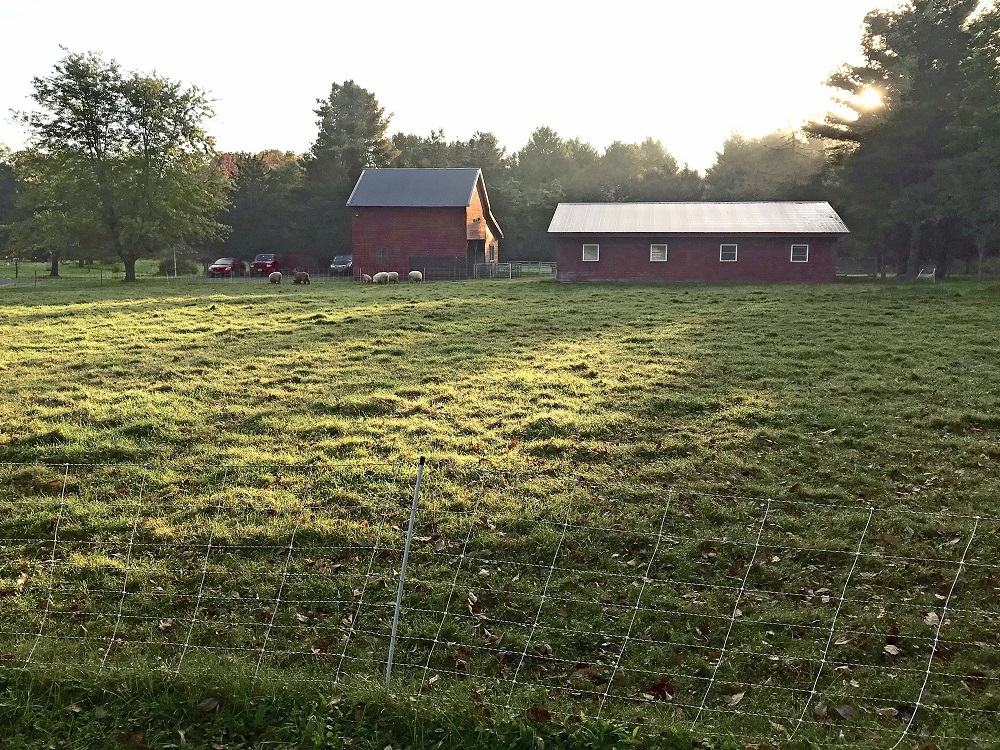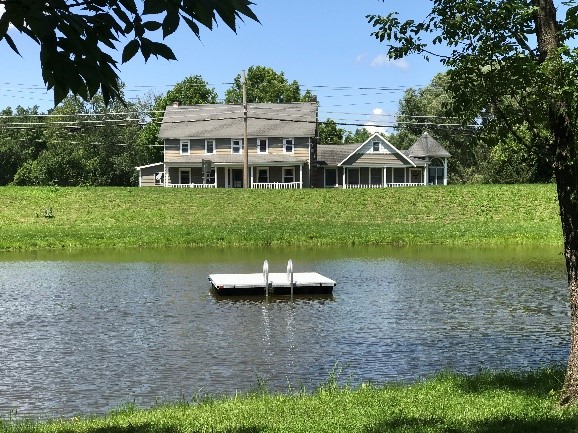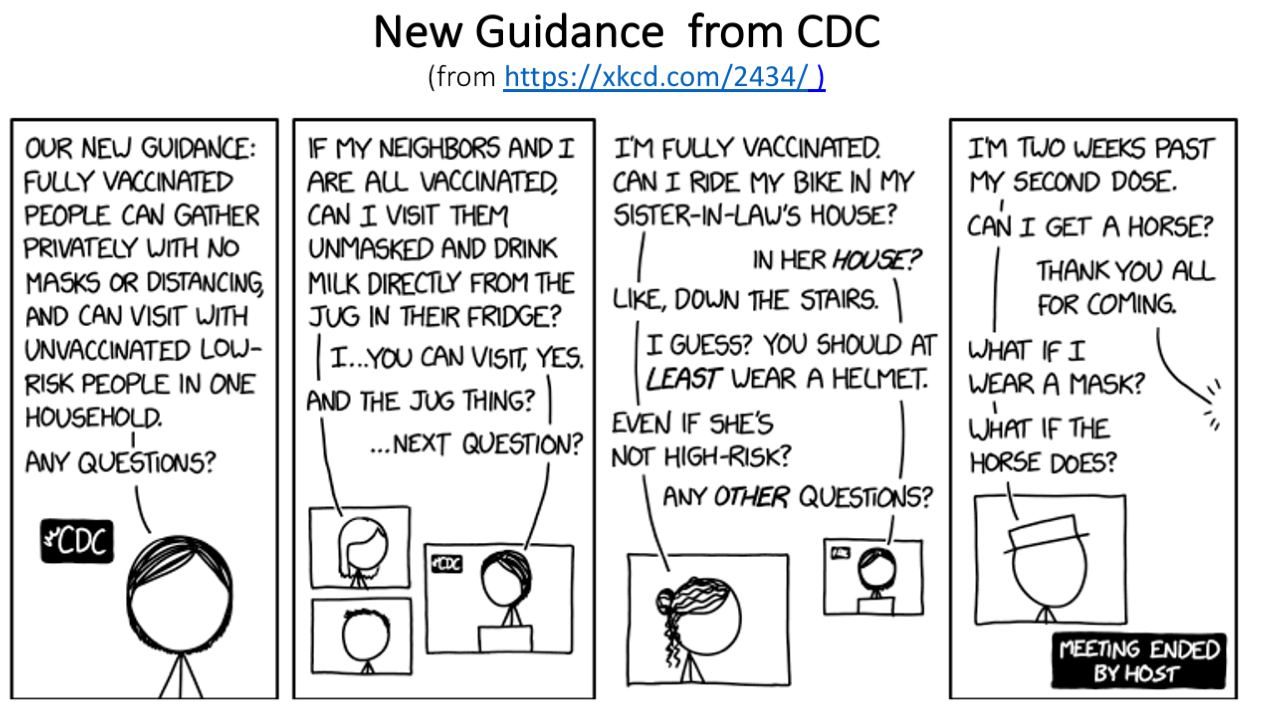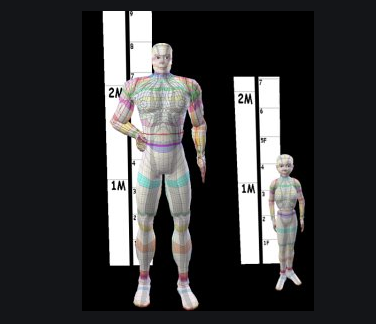We love October. Deborah warps her looms to prepare them for winter weaving projects. I give the fields a final mow before the snow flies, setting up a brilliant contrast between the still-green fields and the blazing fall foliage. Before our own local foliage peaks we may drive up into Vermont where autumn sets in a little earlier. Also, because the days are shorter now, we spend less time on chores in the evening and have more time for dining out with friends.
Last Friday, just as we were about to leave for dinner with longtime friends, I had one of those COVID-19 thoughts. The previous Tuesday, our fourth-grade granddaughter had come down with a back-to-school cold that kids always get this time of year. This year, her school’s safety and contact tracing protocols required that she be tested for COVID-19. She tested negative, but it took three days to get the results. It was just a cold, but she and her sister missed three days of school due to isolation protocols. And then – wouldn’t you know it? – on that Friday, their first day back at school, her younger sister exhibited symptoms for a cold. This triggered another round of COVID tests and several more days of isolation while waiting for the results. That Friday evening was when Deborah and I were planning to go out dinner. What to do now? Can we still go out, or do we have to cancel? Would we be putting our friends or someone else at risk? What, exactly, was our protocol for deciding?
The work that I had been doing with our team analyzing Ali’s model and my practice of keeping up with scientific news and data about COVID-19 prevalence in our county helped me to think through the situation. Data from our county and state health departments show that we are still not out of a very real recent elevation in the infection rate. This serious regional surge, driven by the Delta variant, mostly affects the unvaccinated population. Even though some cross-infection does occur between “them” (the unvaccinated) and “us” (the vaccinated), we are at much lower risk of hospitalization, severe illness, and certainly death. Since our dinner partners were also vaccinated, the dinner party would be a low-risk event—our vaccinations are protecting us, so we would not be particularly at risk.
Notice the pronouns in that last sentence: “our”, “us” and “we”. The main risk in this situation is that some of us could be asymptomatic carriers (unknowingly, of course) and come in contact with some of “them”—the unvaccinated. So, I ask myself, “How careful do Deborah and I need to be to further protect the unvaccinated?”
We are already protecting “them” just by being vaccinated ourselves. Our vaccinations are helping move our community towards herd immunity, making everyone safer—not just “us” but also “them”. When I pause to think about who “they” are, I see many different faces. First, I see the often-stubborn faces of otherwise healthy adults who view vaccination purely as their personal choice and give little regard to how their actions (or inactions) might affect the health and safety of others in the community. But I also see the faces of my four unvaccinated grandchildren who will remain at risk until a vaccine is approved for 5–11-year-olds 1. I see the faces of my grandchildren under age four who will remain at risk for a longer time. Lastly, I imagine the faces of people in our community whose medical condition (e.g., immune suppression) makes the vaccine less effective or rules out vaccination altogether.
I want to do what I can to protect all these populations—even the adults who disregard good science in favor of other sources of information. I am willing and proud to make the effort to follow protocols that protect all of us. We still wear masks and practice social distancing in indoor public spaces, like stores and restaurants.
We called our dinner partners and explained the situation, following the full disclosure and discussion protocols that we developed during last year’s lockdown for use within our trusted network of friends (see the old Diaries During Lockdown Story, “Converting the ‘Egg Club’ to a COVID-19 Safe Trusted Network, June 1, 2020). Both couples agreed that our restaurant plan presented little risk to ourselves or to others. We went out, relaxed and had a wonderful evening catching up with old friends.
This Story Has a Lesson
We are still in the midst of a pandemic. It isn’t over until it’s over. Between now and then all of us need to continue the behaviors and practices that protect all of us. We still need to wear masks and practice social distancing indoors when we’re out in public. Unvaccinated people, all of them, still need to be protected, especially because their numbers young children and others who cannot be vaccinated at this time.





